[the_ad_group id=”632″]
BOCA RATON – Touchdowns are wonderful.
If you’re a quarterback you want to throw a few, maybe run a couple too.
De’Andre Johnson and Chris Robison are trying to prove they deserve to be FAU’s starting QB next year, and throwing touchdowns in Saturday’s spring game will certainly help that effort.
Judging by last season’s quarterback selection process – and the words of coach Lane Kiffin this week – there will be more important factors considered when selecting the starter.
Jason Driskel didn’t win the starting spot during spring practices or in fall camp last season. In fact, he started the season as a third stringer.
But when the Owls’ offense faltered early, FAU benched Daniel Parr and turned to Driskel.
Why? Because Driskel mastered the offense and made better decisions. His brains trumped Parr’s physical ability.
While the Owls certainly have big play ability, FAU’s offense is predicated on speed and precision – cramming as many plays into one minute as possible. It usually wasn’t the first play that put points on the board for FAU.
Running three or four plays in rapid succession, tiring defenders and getting them out of position, led to gashes of seven, nine and 15 yards on the next set of plays. The Driskel-led offense started producing first downs, and that’s when FAU’s offense really started rolling.
Driskel excelled at getting to the line of scrimmage, putting his teammates in the right formation, getting the Owls out of plays that weren’t right for the defensive formation they were facing, and avoiding turnovers. He did all this without giving the defense time to breathe.
And he did it during the games – when the correct decision is harder to come by and more important.
“I’m not saying that Daniel didn’t do that, I’m saying I look at it more as Jason was a game player over practice, because of the intangibles and running the offense and getting everybody in the right spot and doing all the right things so you can play fast,” Kiffin said. “Some times guys can do that at practice and can’t do that as well in the game, or they even do it better in the game,”
Kiffin isn’t a big fan of spring games, generally speaking.
One benefit of Saturday’s action, however, is that it shifts players from practice mode into game mode.
“It’s the closest thing we can get to a game,” Kiffin said. “There’s always guys that play up or play down in game situations versus practice – especially at quarterback that happens. We screw up quarterback evaluations all the time because of practice.”
Saturday won’t settle FAU’s quarterback competition. Johnson and Robison will continue to battle into the fall.
Playing with the first team – specifically behind the starting offensive line – will likely lead to Johnson posting better statistics. Johnson will be facing the first string defense, yes, but battling the second team defense doesn’t figure to be much of an advantage for Robison.
The second team defensive line is so far ahead of the second team offensive line that Robison isn’t likely to have time to do much of anything. And neither quarterback will receive much help from their running backs.
If Kerrith Whyte is held out of contact, as he was during Thursday’s practice, FAU might not field a scholarship running back during the first half, which is the tackling portion of the scrimmage.
With those factors working against the quarterbacks, it’s possible that the Owls don’t find the end zone often.
“They’re very similar, very athletic, can throw can run,” Kiffin said, comparing Robison and Johnson. “They’re inexperienced and they’re competing so hard that sometimes you try to make too many a plays. We’ve just got to get them to be more consistent.”
So what will Kiffin and company be looking for? A sense of pre-snap calm from the quarterbacks. The ability to get everyone on the same page. The rapidity with which their teams are able to execute plays. And whether either quarterback can string together a couple of first downs.
The quarterback who can better do those things will likely be the player who begins fall camp atop the depth chart.

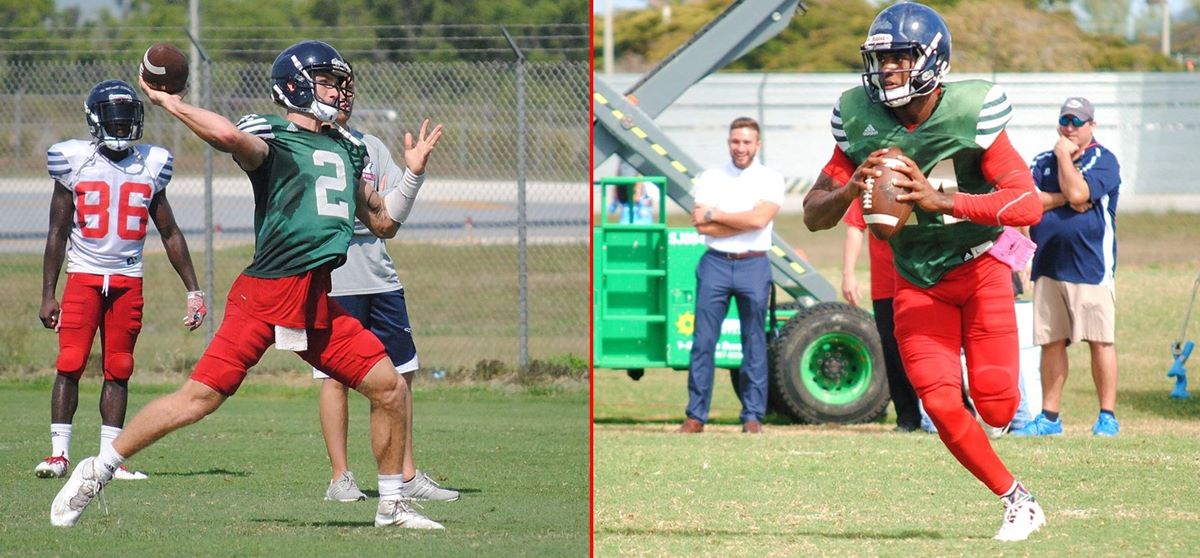

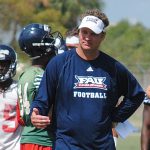
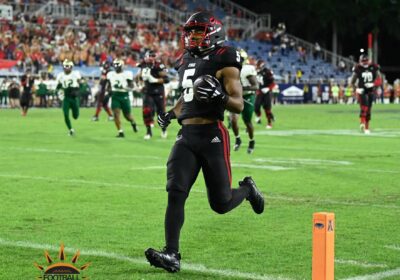
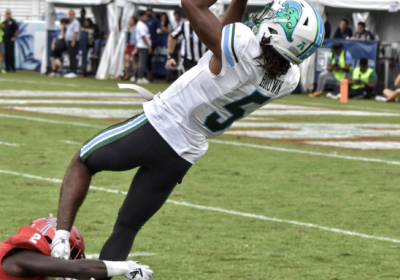
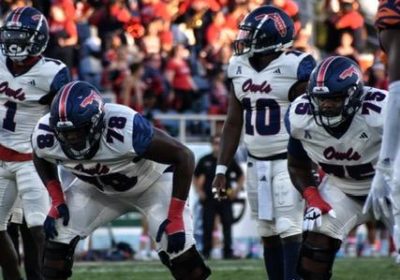
Leave a Reply